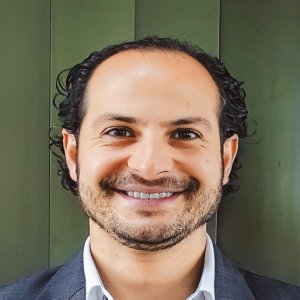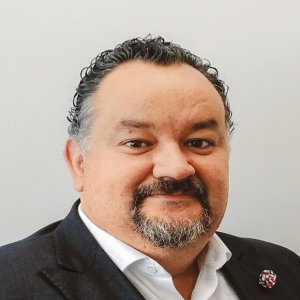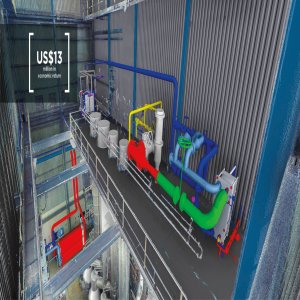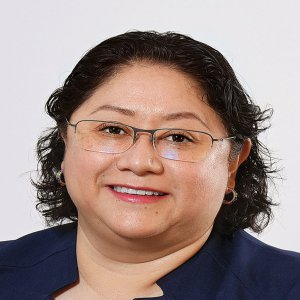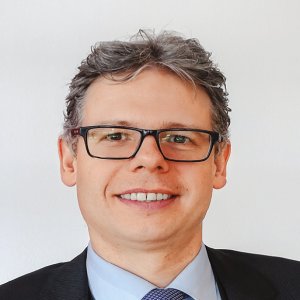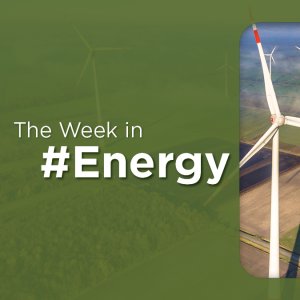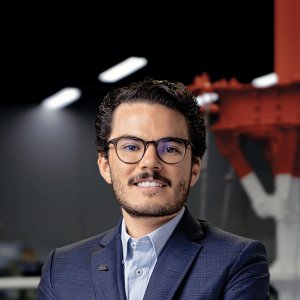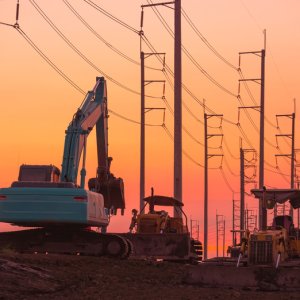Decentralizing Business from a Single Client

STORY INLINE POST
For over 70 years, energy infrastructure companies developed their business portfolio with a single client: CFE. Mexico’s new energy model calls for these companies to adapt and prepare for demand from private companies looking to set a foothold in the country’s unlocked energy industry, completely changing the sector’s dynamic.
“Since 1992, we have developed around 40 substation and distribution line projects for CFE. Now, we want to decentralize our business to answer to increased competition and reduced margins,” says Nuno Inácio, General Manager of Grupo Tres R Termotécnica (G3R). Inácio says Mexico’s new energy model feels familiar, based on his European experience. “It was a similar process compared to Portugal. First, private players are allowed to participate in power generation projects. Transmission and distribution follow shortly after,” he says. Inácio sees this as a positive step forward to meet the country’s energy needs. “Private participation is paramount to the development of Mexico’s electricity infrastructure as CFE’s budget alone does not cut it.”
G3R is well aware of Mexico’s hurdles when it comes to developing electricity infrastructure. “The big transmission line projects can range between 100-500km in length, posing a sizable challenge in terms of rights of way and land ownership-permitting procedures,” he says. “The Baja California and Oaxaca-Centro transmission projects add up to a length of 1,000km.”
On the road to client diversification, G3R is intent on capitalizing on its 25 years of experience in building substations, transmission and distribution lines. “Our company has ISO certifications in security, environment and quality. We are looking to provide turnkey projects for developers and offer our tenured engineering services,” Inácio says. While continuing its participation in CFE tenders, G3R is also looking to set a foothold in private substation and distribution line projects, but it has come across some hurdles. “CFE’s two-year plan in electricity infrastructure includes 15 substation and transmission line projects. While the new administration settles in, the bids inherent to these projects are being put on hold,” he says.
Inácio believes working with private developers has its specific set of challenges, such as an increasing demand for integrated, one-stop services for a cost-effective development process. But he says certain aspects are often overlooked, meaning it is invaluable to contract an experienced company such as G3R. “More often than not, developers do not gauge adequately the actual reach of their project in its entirety. It becomes apparent in the preengineering guidelines of the project,” he says. “We want to assist them in the design of this pre-engineering for the proposal of the project to secure investor interest and be ensured of a seamless grid interconnection process.” In addition, Inácio’s company is deploying a simple yet effective strategy to find synergies with companies that have greater financial capacity to strengthen its financial muscle. “We are looking for companies that follow through on their projects successfully,” he says. “Our screening process includes both Mexican and foreign companies.”
The other key element when working with developers is flexibility. In an energy model in which different generation technologies compete against each other, it is vital to provide services that fit well for all clients. “We do not work with specific component suppliers. G3R is continuously on the lookout for the market’s primary trends and technological advances,” he says. “From an EPC standpoint, many of these projects have defined technologies by project developers. When we enter the project, we provide advice related to technology, products and components when passing from pre-engineering to construction in order to optimize the design.”
BID Group purchased G3R in 2014. Up to 2017, the company underwent a restructuring effort and started operations under a new mandate to focus on EPC services for a diversified pool of clients that started in December 2017. “Further down the line, our goal is to build up a project management service portfolio. Our market perspective is positive,” says Inácio. “We will end 2018 by invoicing US$1520 million in substation, distribution and transmission projects. Our target is to grow our invoicing to US$70 million by 2023.”
